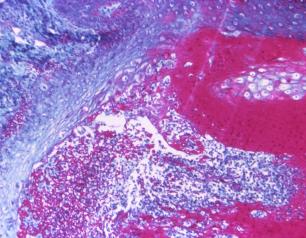NIAID supports research to understand, diagnose, and treat many of the world’s most intractable and widespread diseases. Explore NIAID research through the diseases and conditions as well as the cross-cutting disciplines and approaches below.
Filter research areas by:
Disciplines & Approaches |
All Diseases & Conditions |
Allergic Diseases |
Immunologic Diseases |
Infectious Diseases
22 Results
Immune System Research
The immune system is a network of cells, tissues, and organs that work together to protect the body from infection. Although scientists have learned much about the immune system, they continue to study how the body targets invading microbes, infected cells, and tumors while ignoring healthy tissues.
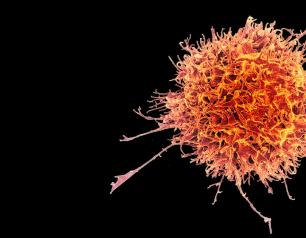
Autoimmune Lymphoproliferative Syndrome (ALPS)
Autoimmune lymphoproliferative syndrome (ALPS) is a rare genetic disorder of the immune system first described by NIH scientists in the mid-1990s that affects both children and adults. In ALPS, unusually high numbers of white blood cells called lymphocytes accumulate in the lymph nodes, liver, and spleen and can lead to enlargement of these organs.
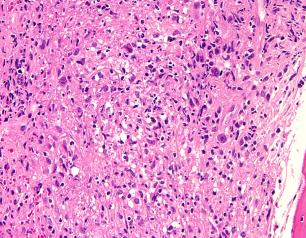
Primary Immune Deficiency Diseases (PIDDs)
Primary immune deficiency diseases (PIDDs) are rare, genetic disorders that impair the immune system. Without a functional immune response, people with PIDDs may be subject to chronic, debilitating infections which can increase the risk of developing cancer. Some PIDDs can be fatal.
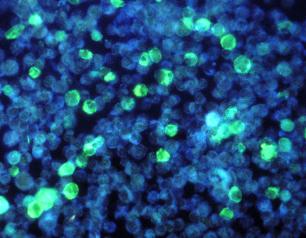
Autoimmune Diseases
NIAID-supported research seeks to understand how the immune system contributes to autoimmunity, to develop better diagnostic tools and animal models of autoimmune disease, and to identify effective treatment and prevention strategies. Unlike disease-specific research, this research approach has the potential to improve understanding and lead to treatments for many different autoimmune diseases.
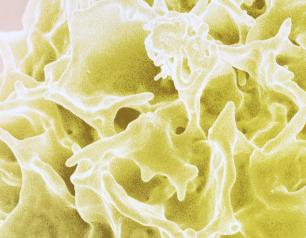
STAT3 Dominant-Negative Disease
STAT3 dominant-negative disease (STAT3DN)—also known as autosomal dominant hyper-IgE syndrome (AD-HIES) or Job’s Syndrome—results from mutations in the gene that encodes a signaling protein called STAT3. People with this disease tend to have very high levels of an antibody called immunoglobulin E (IgE), recurrent infections of the skin and lungs, recurrent bone fractures, unusually flexible joints, and inflamed skin.
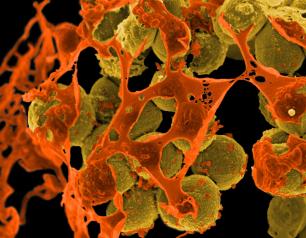
Vaccines
Vaccines stimulate the immune system to produce immune responses that protect against infection. Vaccines provide a safe, cost-effective and efficient means of preventing illness, disability and death from infectious diseases.

Genomics & Advanced Technologies
Research fields, such as genomics, proteomics, and systems biology, are creating a wealth of information about infectious and immune-mediated diseases. Through the use of advanced technologies, researchers are developing a clearer understanding of pathogens, disease, and host immunity.

Hepatitis
Hepatitis is an inflammation of the liver. Viruses are the most common cause of hepatitis, but the condition can also be caused by other infections, heavy alcohol use, toxins, certain medications, and autoimmune disease. There are five main virus types that cause hepatitis---type A, B, C, D, and E.
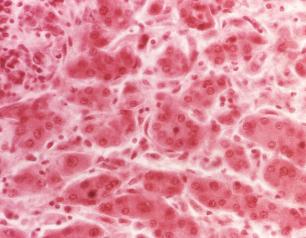
Food Allergy
NIAID is the lead institute at the National Institutes of Health conducting research on food allergy, a condition that affects approximately 8 percent of children and nearly 11 percent of adults in the United States. In a person with food allergy, the immune system reacts abnormally to a component of a food, sometimes producing a severe and life-threatening response.

HIV/AIDS
Human immunodeficiency virus, commonly known as HIV, is a virus that targets the immune system and can lead to acquired immunodeficiency syndrome (AIDS) if left untreated. HIV can be transmitted through sexual intercourse, using needles that have been in contact with bodily fluids containing HIV, and during pregnancy, childbirth, or breastfeeding—a concept known as vertical transmission.
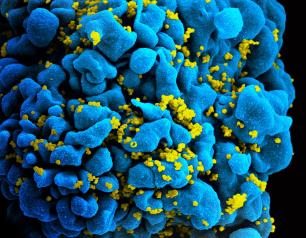
Women's Health
Women face unique health problems related to many NIAID mission areas—specifically, HIV/AIDS, sexually transmitted infections, and autoimmune disorders. Many infectious and autoimmune diseases affect female populations disproportionately.
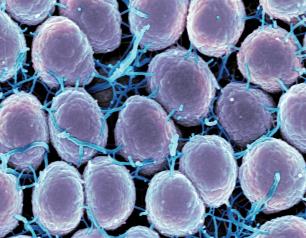
Fungal Diseases
Fungi include a wide range of organisms, such as mushrooms, molds, and yeast, that are common outdoors in water, soil and air; indoors on surfaces; and on our skin and inside our bodies. Mold can worsen breathing problems in people with allergies or asthma, while various types of fungus can infect nails and cause skin rashes.
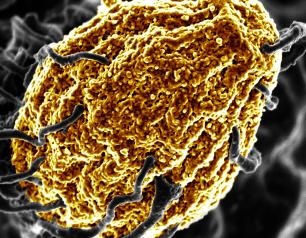
Asthma
Asthma is a chronic lung disease characterized by episodes of airway narrowing and obstruction, causing wheezing, coughing, chest tightness and shortness of breath.

Tuberculosis
Tuberculosis (TB) is a contagious disease caused by infection with Mycobacterium tuberculosis (Mtb) bacteria. It is spread through the air when a person with TB disease of the lungs or throat coughs, speaks or sings, and people nearby breathe in these bacteria and become infected.
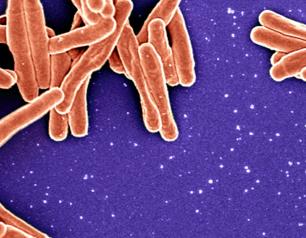
Eczema (Atopic Dermatitis)
Eczema, or atopic dermatitis, is the most common chronic inflammatory skin disease. People with eczema have dry, itchy skin that can weep clear fluid when scratched. The disease also can make people more susceptible to bacterial, viral, and fungal skin infections. Eczema is the strongest risk factor for the development of food allergy. Severe forms of eczema can substantially affect quality of life. The causes of the condition remain unclear.
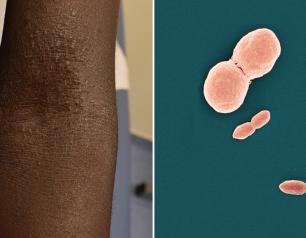
Bacterial Vaginosis
Bacterial vaginosis (BV) results from an imbalance in the vaginal microbiome and can increase women’s biological susceptibility to HIV and other STIs and can cause premature birth or low birthweight if untreated in pregnant women. NIAID-supported clinical studies seek to understand how the condition develops. Researchers are also trying to identify simpler treatment options and generate evidence to support availability of quality-controlled menstrual products.
West Nile Virus
West Nile virus (WNV) is a member of the flavivirus family, which includes other mosquito-borne viruses such as dengue and Zika. WNV emerged for the first time in the Western Hemisphere in New York City in 1999 and has since spread across the United States. It is now the most common arthropod-borne virus found in the U.S.
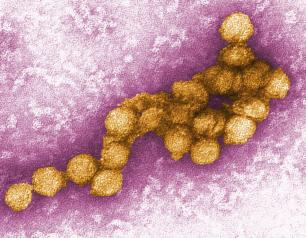
Antimicrobial (Drug) Resistance
Bacteria, fungi, and other microbes evolve over time and can develop resistance to antimicrobial drugs. Microbes naturally develop resistance; however, using antibiotics too often in humans and animals and in cases where antibiotics are not an appropriate treatment can make resistance develop more quickly.

Leishmaniasis
Leishmaniasis is a parasitic disease transmitted by the bites of infected sand flies. It is found in nearly 88 countries, from rain forests in Central and South America to deserts in the Middle East and west Asia. Some cases of the disease have also appeared in Mexico and Texas. The disease takes several different forms, including the most common cutaneous leishmaniasis, which causes skin lesions, and the more severe visceral leishmaniasis (also known as kala azar), which affects internal organs such as the spleen, liver, and bone marrow.
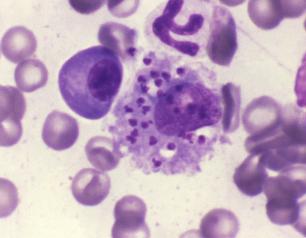
Mpox
Mpox is caused by the monkeypox virus (MPXV). MPXV is part of the Orthopoxvirus genus, which also includes variola virus (the cause of smallpox), vaccinia virus, and cowpox virus. NIAID is conducting and supporting research focused on developing and evaluating treatments and vaccines for mpox, understanding disease pathogenesis, transmission, and spillover, evaluating immunological responses to MPXV, and bolstering the critical research resources foundational to supporting the ongoing public health response.
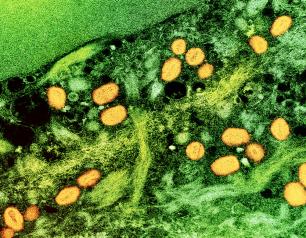
Influenza
Each year, influenza causes millions of illnesses worldwide and, in the United States, results in thousands of hospitalizations and deaths. Influenza is especially dangerous for people 65 years and older, young children and people with certain health conditions, such as heart disease or asthma. Research to find new and improved ways to diagnose, treat and prevent seasonal influenza and novel influenza viruses with pandemic potential is essential to protecting the public health.
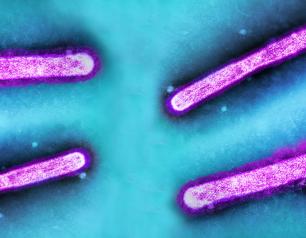
Smallpox
Smallpox, caused by the variola virus, was a highly contagious infectious disease that caused infected individuals to develop a fever and a progressive, disfiguring skin rash. Three of out 10 individuals infected with smallpox died. Many survivors have permanent scars, often on their faces, or were left blind. Through vaccination, the disease was eradicated in 1980. However, research for effective vaccines, drugs and diagnostics for smallpox continues in the event it is used as a bioterror weapon.
